The human body is made up of different types of communication networks. What if our intra-body communication network can communicate with the on-body and off-body devices as well? Which kind of medium can be used to facilitate communication between technological devices and our body?
A possible solution comes from Sweden, from the Uppsala University, where the group of researchers involved in SINTEC project, led by Prof. Robin Augustine, has pioneered the novel Fat-IBC technique.
Let’s discover together what is it.

What is the Fat-IBC Channel?
The human body is a complex structure composed by different tissues, organs, and bone structures. The human body parts such as arms, legs, and torso consist of three types of superficial tissues: the skin (composed by the epidermis and the dermis), the fat, and the muscle tissue. The orthogonally transmitted signals are attenuated by the muscles and they hardly reach the bone. Fat tissue is widespread around the body and generally surrounds all the major organs in the human body. Fat tissue is more suitable as a channel for intra-body communication by virtue of its lower losses compared to the muscle and skin tissue and researchers demonstrated that the fat tissue is a viable transmission medium for in-body communication.
When fat tissue is sandwiched with the skin and the muscle tissues, a structure similar to a parallel plate waveguide is formed. In general, a parallel plate waveguide is formed by having two conductors on both sides of a dielectric material. The high contrast in dielectric properties between fat on one hand and skin and muscle, on the other hand, allows the signal to be confined within the fat layer.
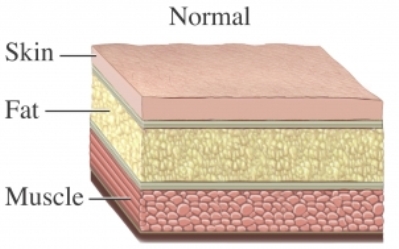
Anatomy of skin layers.
Source: https://blog.voltathletics.com/home/2015/9/2/debunking-bulky
How Fat-IBC concept works?
The Fat-IBC is a novel concept of communication through the fat of the body. The fat layer situated between the skin and muscle layers that act as a waveguide and allows high bandwidth and low-loss
energy-efficient communication. It has been demonstrated in Uppsala University that the Fat-IBC is resilient, provides data confinement in the body and can support very high data rates at very low power.
Fat-IBC meets all the requirements of the four laws of Internet of Things:
- law of physics (more sensor nodes)
- law of economics (pay less for bandwidth)
- law of latency (time critical applications)
- law of land (protection of privacy)
The inherent fat channel in human body provides an excellent low-loss communication medium for implantable and wearable sensor networks. One major advantage of this approach is that it can support high data rates. Fat-IBC uses low-power microwaves with 1000 times lower need of power than cell phones and hence is SAR (specific absorption rate)-compliant. This allows for supporting multiple sensors and can serve in data-intensive applications such as electronic arms and brain-to-machine interfaces. The Fat-IBC approach is unique, fully developed at Uppsala University and prime importance has been given for network security to ensure safety of the user. Fat-IBC would benefit much from the use of stretchable electronics and holds promises of small-sized and energy-efficient devices with secure communication at increased data rate.
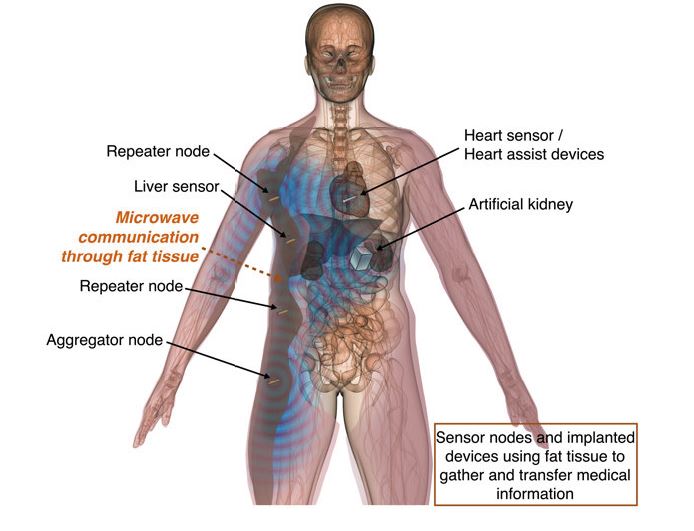
Conceptual rendering of fat intra-body microwave communication (Fat-IBC) network.
Paper VII. Reprinted, with permission, from [39]. Copyright ©2017,IEEE.
In SINTEC project, Fat-IBC techniques would require antenna front ends matched to the skin surface, facilitating swift RF coupling through skin to underlying fat layer and vice-versa for realizing a high band width low-loss wearable sensor network. A stretchable substrate based on a novel soft, stretchable and sticky silicone material will provide compliant and comfortable, intelligent and wireless, patches on the skin that will not move relative to the skin even at excessive movements and intense sweating. This gives strong advantages in Fat-IBC and electrophysiological evaluations, and especially so when applied in sports and outdoor activities.
Are curios to discover how the new SINTEC smart patch will be used for sport activities? Read more in our next article >>
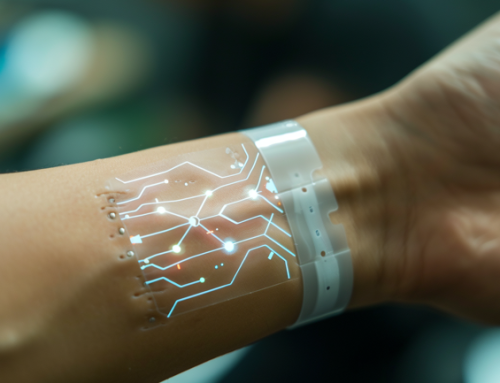


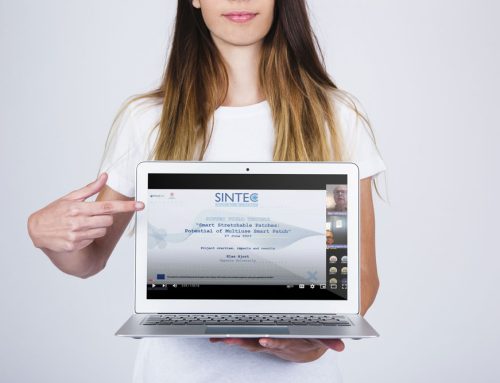


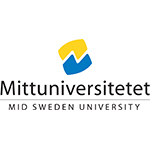
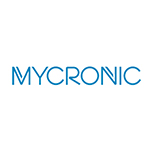
Leave A Comment